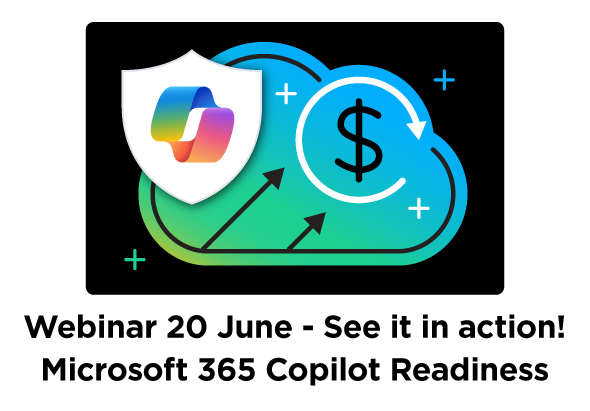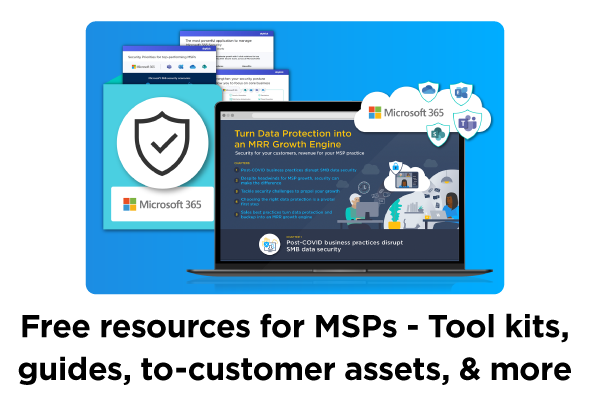The rise of artificial intelligence (AI) is revolutionizing the way businesses operate, presenting Managed Service Providers (MSPs) with immense opportunities—and significant challenges. AI tools like Microsoft Copilot are transforming business processes, but their effectiveness hinges on one essential factor – data. As AI increasingly relies on both public and private data to generate meaningful insights, protecting this data becomes paramount. Follow along as we explore the critical role of data in AI-driven business applications and why safeguarding corporate information is vital to harnessing the full potential of AI.
How Public and Corporate data power AI

To effectively educate your customers on the potential of AI, it is important to clarify how AI operates differently in consumer versus business contexts. Although both scenarios involve using data and AI to generate relevant outputs, a key distinction lies in how corporate data is handled in an AI environment.
Consumer AI tools like ChatGPT operate on a straightforward model—users enter prompts (input), and the AI uses patterns learned from a broad dataset, including publicly available data, to generate a response (output). Since the training data is derived from publicly accessible or licensed sources, the output typically does not involve any confidential or proprietary information.
In contrast, business AI, like Copilot for Business, requires more stringent guardrails. It handles input similarly but combines both public and private company data to generate responses. Enriched with corporate data, these responses then become more relevant and valuable, as they benefit from the added context. As a result, businesses should prioritize their data protection efforts, given the sensitivity of the data being used.
Avoiding data overexposure with AI safeguards
To illustrate, imagine a business that recently implemented Microsoft Copilot. Suppose an employee uses Copilot within PowerPoint to request a current organizational chart. Copilot retrieves the most recent data, but instead of showing the current chart, it displays one reflecting a recent reorganization—an update that had not yet been communicated to the broader team.
This example highlights some of the key challenges related to data overexposure or oversharing. To prevent such incidents, consider the following guardrails:
- Data Protection: How is the latest organizational chart safeguarded against accidental or malicious deletion?
- Data Classification: How are the different versions of the organizational chart labeled? Are there specific labels for higher sensitivity, or do all versions share the same classification?
- Data Access: Who in the company has access to the various versions of the organizational chart? Are certain versions restricted to senior leaders only?
- Data Governance: How are legacy charts decommissioned or removed from access and distribution?
To conclude, as AI technologies like Microsoft Copilot become increasingly embedded in business workflows, the significance of robust data protection strategies cannot be overstated. AI’s ability to generate meaningful insights is only as strong as the data it accesses, making it crucial for MSPs to ensure that their customers’ data is secure, well-classified, and properly governed. Without these safeguards, businesses risk data breaches, unauthorized access, or even the accidental misuse of sensitive information. By putting strong data protection frameworks in place—including measures for data classification, access control, and governance—you can help your customers unlock AI’s transformative capabilities while keeping potential risks at bay.

Want to learn more?
For a deeper understanding of how AI and data protection intersect, check out our recent eBook, Securing Tomorrow: AI and Data Protection. It provides valuable insights into building an AI-ready data protection strategy that is designed to help you, and your customers stay ahead of evolving challenges.






